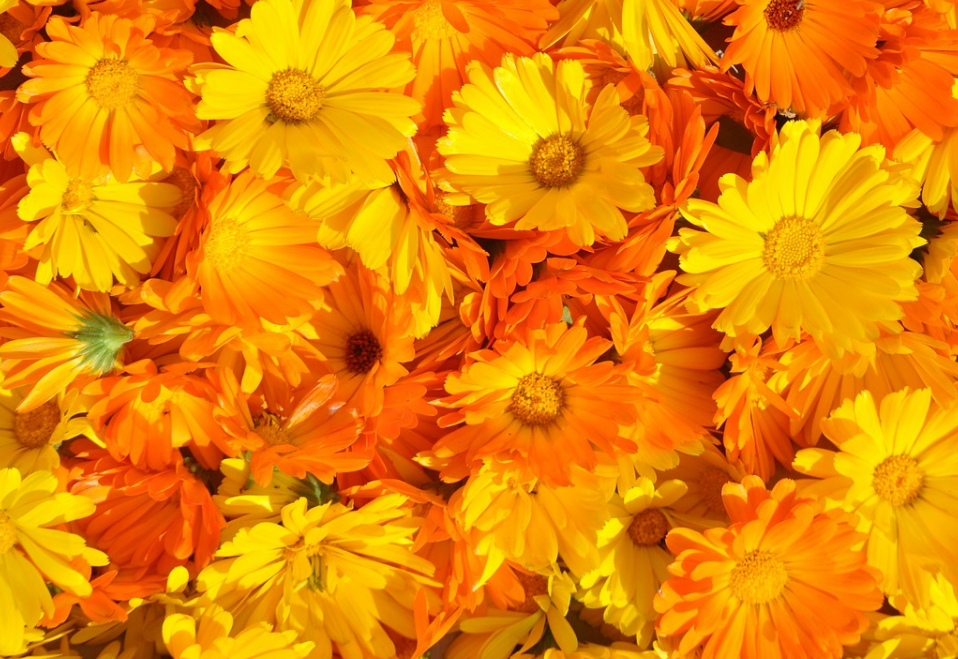Planting technique of Scutellaria baicalensis Georgi
Scutellaria baicalensis Georgi is a kind of traditional Chinese medicine plant of Labiatae, which has a very wide distribution in China. The main part of its medicine is the rhizome of its plant. Scutellaria baicalensis has various effects such as reducing blood pressure and anti-inflammation, diuresis and cholagogue. The main planting area is concentrated in the northern part of our country. So what do you do now if you want to grow Scutellaria baicalensis? The following editor brings you the planting technology of Scutellaria baicalensis Georgi. Let's have a look!

1. Planting environment
Scutellaria baicalensis Georgi is suitable to grow in a cool environment, and its temperature should be controlled at about 15 degrees in the planting process. To ensure that there is a certain amount of light, the soil drainage and irrigation capacity should be strong. Although Scutellaria baicalensis Georgi has strong adaptability to soil, we want to ensure the yield and quality of Scutellaria baicalensis Georgi. When choosing soil, it is appropriate to have deep soil layer, sufficient fertility, no diseases and insect pests and so on. After selecting the land, it is necessary to prepare the soil, fine rake it, and then apply sufficient mature farm manure as the base fertilizer. Suitable soil environment can enhance the growth ability and yield of Scutellaria baicalensis.
2. Methods of reproduction
The main method of reproduction of Scutellaria baicalensis Georgi is sowing and reproduction. It is necessary to accelerate the germination of seeds before sowing to improve the germination rate of seeds. First of all, soak the seeds in warm water of about 50 degrees for 14-18 hours. Then take it out to dry, then wrap it in a wet cloth and put it in an environment of about 22 degrees for budding. When about 70% of the seeds are exposed to white, they can be sown. The soil should be watered before sowing, and then sowed before and after Ching Ming Festival. The sowing method is mainly on demand, and we should pay attention to the sowing depth, not too deep or too shallow. After sowing, cover a layer of fine soil and water the soil until the seeds emerge.
3. Field management
When the seedlings of Scutellaria baicalensis Georgi grow to about 6 cm, do a good job of fixing seedlings to provide sufficient growth space for each robust seedling. And in the sunny weather, the crackdown should be carried out about three times in half a month to promote the squatting of seedlings. In the year of planting, it should be ploughed at least three times, and then about twice a year from the second year of planting. Then do a good job of fertilization, topdressing compound fertilizer every spring, and topdressing at least twice a year. The type and amount of fertilizer should be controlled according to the growth of Scutellaria baicalensis and soil fertility. Finally, for the plots that do not leave seeds, the flower branches should be cut off during the budding stage of Scutellaria baicalensis, so as to avoid consuming too much nutrition.
4. Pest control
The work of pest control can not be ignored in planting. Because diseases and insect pests do great harm to Scutellaria baicalensis, it will not only reduce the yield of Scutellaria baicalensis, but also lead to large-scale death of Scutellaria baicalensis plant. Therefore, when we are planting, we must do a good job in management and strengthen prevention. Pay attention to the amount of water and fertilizer, according to the growth of Scutellaria baicalensis reasonably adjust the growth environment. When an abnormal situation is found, we must check out the specific reason in time, and then make the corresponding prevention and control work.
The above is a brief introduction to the planting technology of Scutellaria baicalensis. The planting technology of Scutellaria baicalensis Georgi is not very difficult, but we need to do a good management work to ensure the planting efficiency. That's all for today's introduction. This article is for reference only. Thank you for your reading and support.
- Prev

What are the different varieties of water lilies? What is the method of potted culture? Why not blossom?
Nymphae, also known as meridian lily, dwarf water lily, etc., is a perennial aquatic herb of the family Nymphaeaceae, with oval leaves floating on the water surface, large and beautiful flowers, floating or above the water surface, usually blooming during the day and closing at night. So what are the different varieties of water lilies? What is the method of pot culture?
- Next

What is the function of Calendula (Calendula)? How do you plant it? When will it blossom?
Calendula, also known as marigold, is a kind of flower plant with high ornamental value. And it has many designs and colors, and the plump disk is very beautiful with green leaves. So apart from that, what is the function of marigold? How do you plant it? When will it blossom? What is the function of calendula?
Related
- Fuxing push coffee new agricultural production and marketing class: lack of small-scale processing plants
- Jujube rice field leisure farm deep ploughing Yilan for five years to create a space for organic food and play
- Nongyu Farm-A trial of organic papaya for brave women with advanced technology
- Four points for attention in the prevention and control of diseases and insect pests of edible fungi
- How to add nutrient solution to Edible Fungi
- Is there any good way to control edible fungus mites?
- Open Inoculation Technology of Edible Fungi
- Is there any clever way to use fertilizer for edible fungus in winter?
- What agents are used to kill the pathogens of edible fungi in the mushroom shed?
- Rapid drying of Edible Fungi

